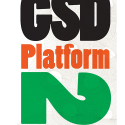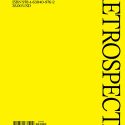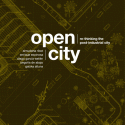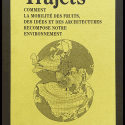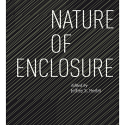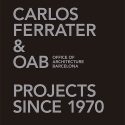Your Cart is empty
Cornell Journal of Architecture 12
After
Val Warke, Hallie Black, Todd Petrie
It seems that—with increased urgency—we are more frequently finding ourselves grasping for an "after," especially as we face futures with apprehension. "After" exists at different scales of time and context: there’s after an instant, after a day, after an era. And each after contains both a conclusion and a beginning.
This volume of the Cornell Journal of Architecture looks at a vast range of the "afters" we architects find ourselves confronting, and offers not just warnings, but solutions; not just reminders, but projections. Because, while we humans are obliged to stand squarely within the present, as architects we’re equally obliged to cast our work into a hereafter that can be only loosely understood. And then we can hope that, in the aftermath, our intentions bear some resemblance to their consequences.
With Contributions of
A vast selection of architects, artists, designers, historians, and geoscientists, including Peter van Assche, James Biber, Olalekan Jeyifous, Michael Murphy with Jha D Williams, Felix Heisel, Jacques Ferrier, Common Accounts, Meredith Miller and T+E+A+M, and many others, representing an extensive diversity of approaches for identifying techniques of transcending pasts and presents.


